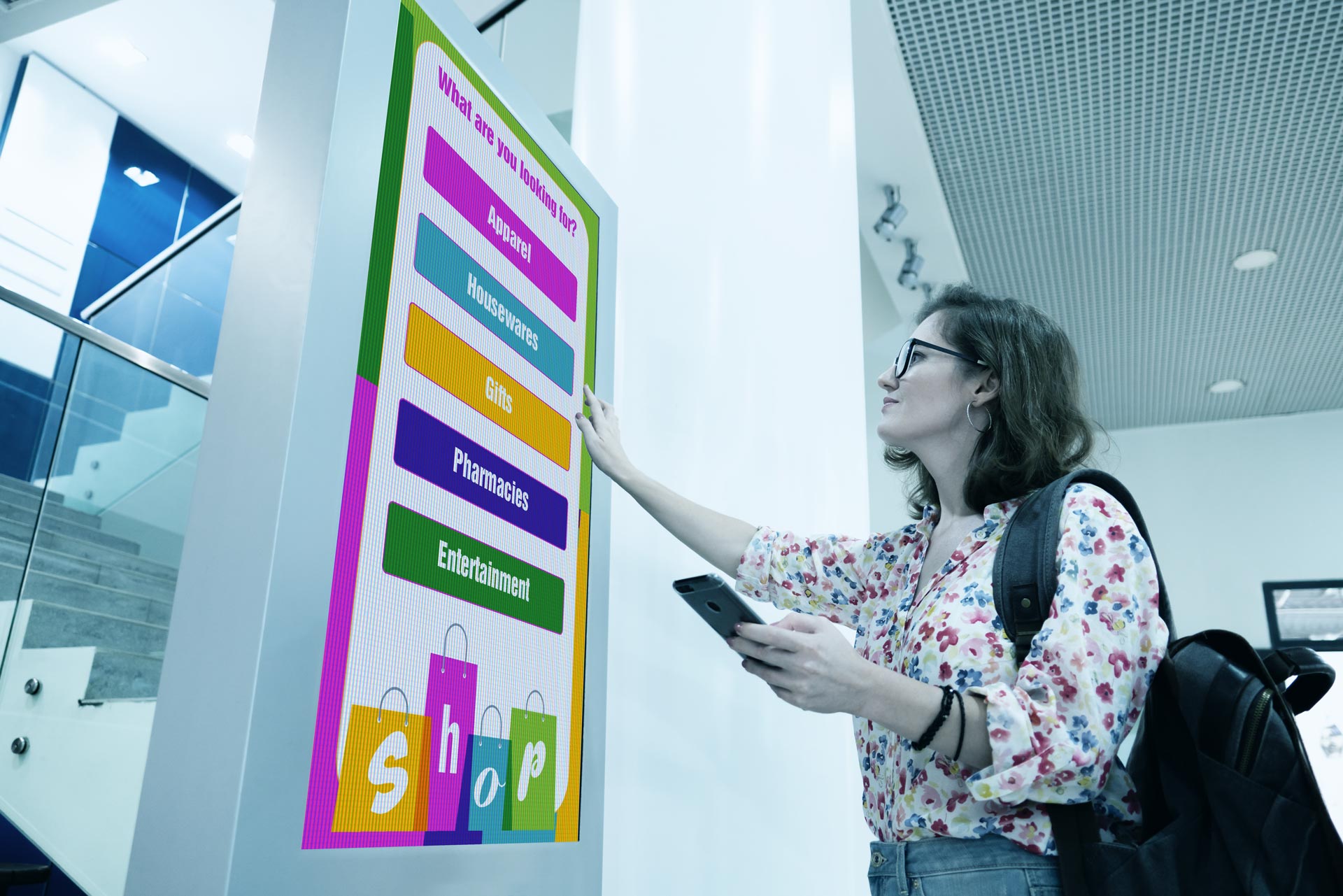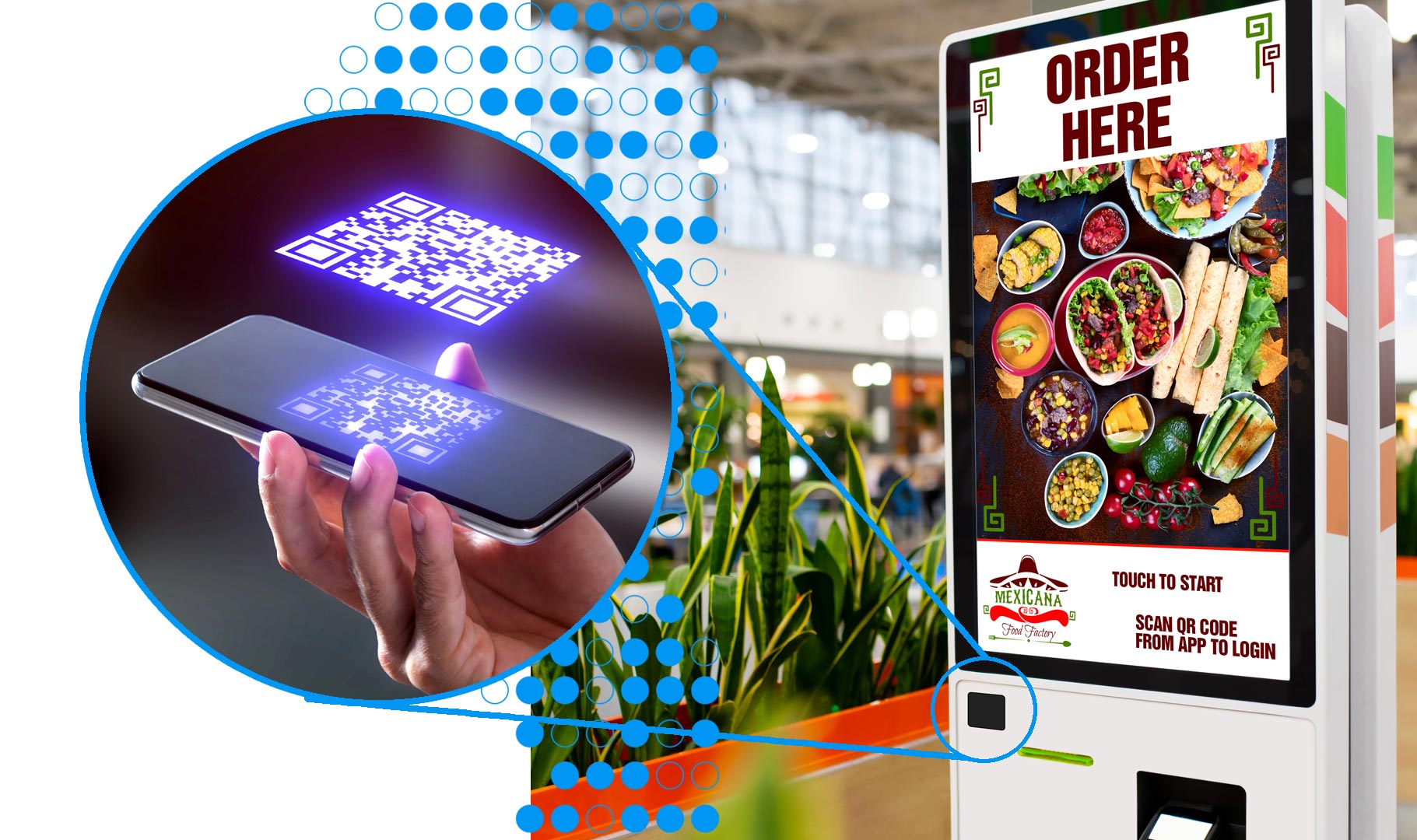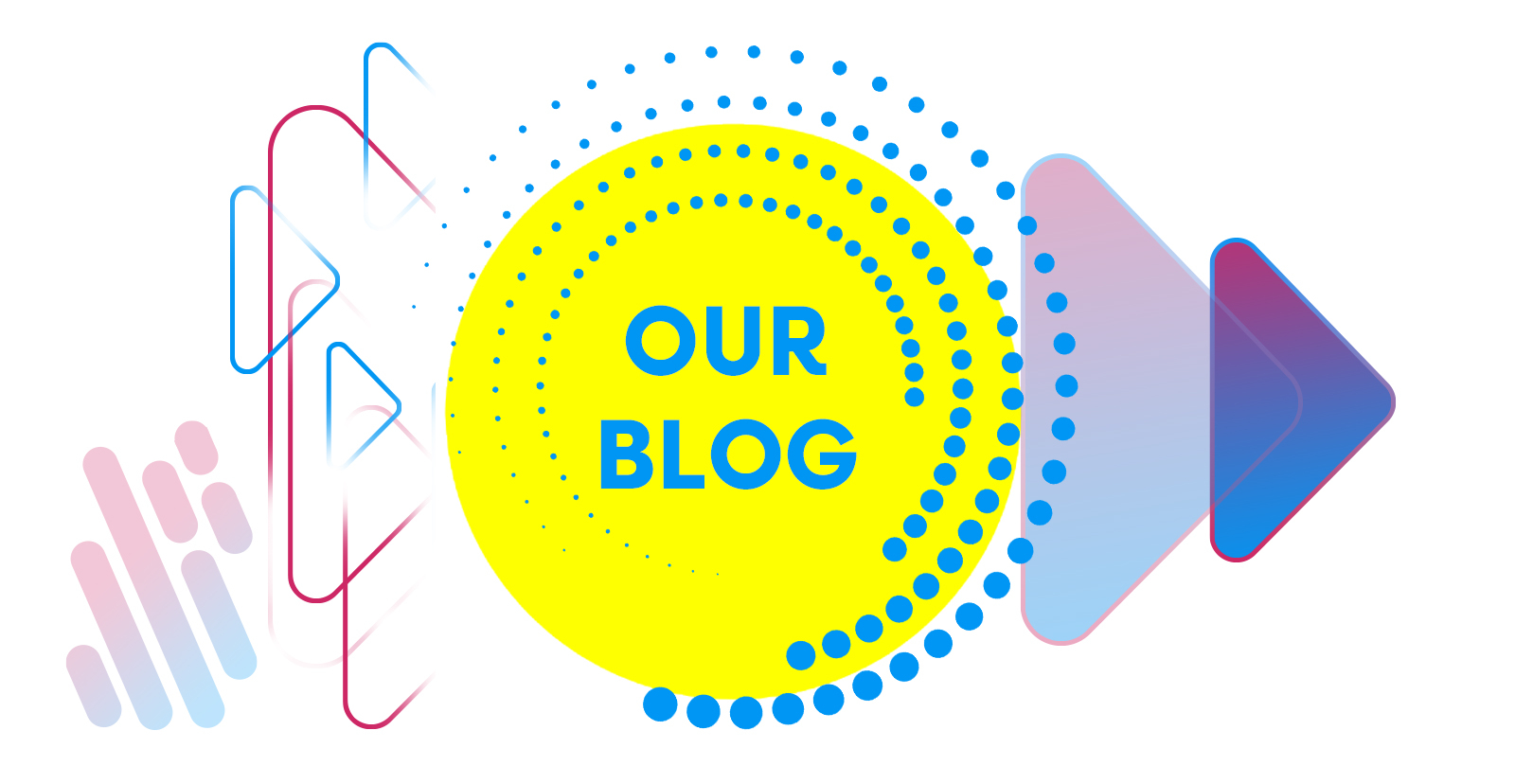No More One Size Fits All Messaging
In recent years Amazon, Netflix, and Spotify have defined personalization. While seemingly subtle, these platforms serve up programs and products that cater to individual users' interests and needs. Personalization is now expected everywhere, from grocery stores to hospitals to airports. Everyone wants access to relevant real-time information. Digital signage is uniquely positioned to enable organizations to display personalized information to individuals or groups based on various triggers, including data, IoT sensors, and more.
Walking the fine line between personalization and privacy
With personalization comes privacy concerns. Who supplied the personal information? Are privacy guidelines being met? Is personal data being protected? One report found that 79% of Americans are concerned about how their data is being used by companies, and 81% feel they have very little or no control over the data collected. In addition, while organizations are responsible for sharing how data is collected and used, only one-in-five adults say they always read privacy policies. Organizations must be transparent and proactively share how data is collected and used to alleviate concerns.
Value of personalization
Personalization can have a significant impact. Research has found that 72% of customers will only engage with personalized messaging despite the concerns. In addition, engagement is profitable - Epsilon research found that 80% of consumers are more likely to purchase when brands offer personalized experiences. Integrating data with your digital signage enables you to quickly customize experiences or personalize the information shown to meet the audience's needs.
Let's look at both an individual and group personalization scenario.
An individual checks into an emergency room and is assigned a personalized ID number and a QR code to access a wait-time app. Then, on the digital screen in the waiting area, they can see the IDs and approximate wait times for everyone. By scanning the QR code, they can access the same information on their mobile phone and filter it down to see their individual wait time. Additionally, they can move around the facility with mobile access while waiting.
An organization has digital screens hung in all departments. The information on the screens is customized to reflect the department. For example, the digital screen shows open support tickets, time to resolve issues, and other important KPIs in the support area. While in the sales department, the digital screen displays information such as sales forecast against actuals, highlights recently closed deals, and how individual reps are tracking against quota. In addition, the screens can feature news, weather, traffic, social media feeds, and essential company information and updates in common areas.
Types of data
There are four common types of data – first-party, second-party, third-party data, and zero-party. First-party data is collected by your organization directly from interactions with your audience (customers, social media followers, website visitors, and more). Second-party data is obtained through a partner you agree to share information with, while third-party data is collected, bought, and  sold by data aggregators. In 2018 Forrester coined the term zero-party data. This is "data is that which a customer intentionally and proactively shares with a brand. It can include preference center data, purchase intentions, personal context, and how the individual wants the brand to recognize [them]." Surveys, quizzes, and website widgets are the most common ways to collect zero-party data. Using these tools, it is possible to better understand the respondents' interests and preferences. Combine zero-party data with digital signage and provide a more personalized experience for the viewer.
sold by data aggregators. In 2018 Forrester coined the term zero-party data. This is "data is that which a customer intentionally and proactively shares with a brand. It can include preference center data, purchase intentions, personal context, and how the individual wants the brand to recognize [them]." Surveys, quizzes, and website widgets are the most common ways to collect zero-party data. Using these tools, it is possible to better understand the respondents' interests and preferences. Combine zero-party data with digital signage and provide a more personalized experience for the viewer.
For example, an interactive wayfinding kiosk in a mall may start by asking the user what they are looking for and provide a list of categories for them to choose from. If the user selects sporting goods, the kiosk can provide a list of stores in that category, identify their location on the map, and show any promotions or offers available at those stores. Using zero-party data allows organizations to personalize a digital signage experience without worrying about GDPR, CCPA, and other privacy regulations.
Personalization at Scale
IBM defines Personalization at Scale as the ability to create individual customer experiences across your entire organization based on the journey undertaken by each customer. Data, content, experience, measurement, and customer service are key elements. At a basic level, personalization at scale is getting the right information to people where and when they need it.
Digital signage can play an essential role in enabling organizations to achieve personalization at scale. By combining data with digital signage,  you can go beyond static content and provide personalized and interactive experiences on any screen. For example, at a self-serve kiosk in a restaurant, customers can start by scanning a coupon or loyalty card; they can be offered customized promotions or shown a curated list of additional items to order based on interests or previous purchases. Likewise, in a retail store, sensor or vision technology can customize content on digital screens based on triggers set, or a digital mirror can recommend additional items to virtually try on based on the individuals' initial selections. In an airport, digital signage can be connected to flight information. The language on screens as passengers disembark the plane can adjust to incorporate the native language of the country passengers are arriving from.
you can go beyond static content and provide personalized and interactive experiences on any screen. For example, at a self-serve kiosk in a restaurant, customers can start by scanning a coupon or loyalty card; they can be offered customized promotions or shown a curated list of additional items to order based on interests or previous purchases. Likewise, in a retail store, sensor or vision technology can customize content on digital screens based on triggers set, or a digital mirror can recommend additional items to virtually try on based on the individuals' initial selections. In an airport, digital signage can be connected to flight information. The language on screens as passengers disembark the plane can adjust to incorporate the native language of the country passengers are arriving from.
While digital signage is uniquely positioned to enable organizations to share personalized information and create personal experiences, they must prioritize data and privacy.
